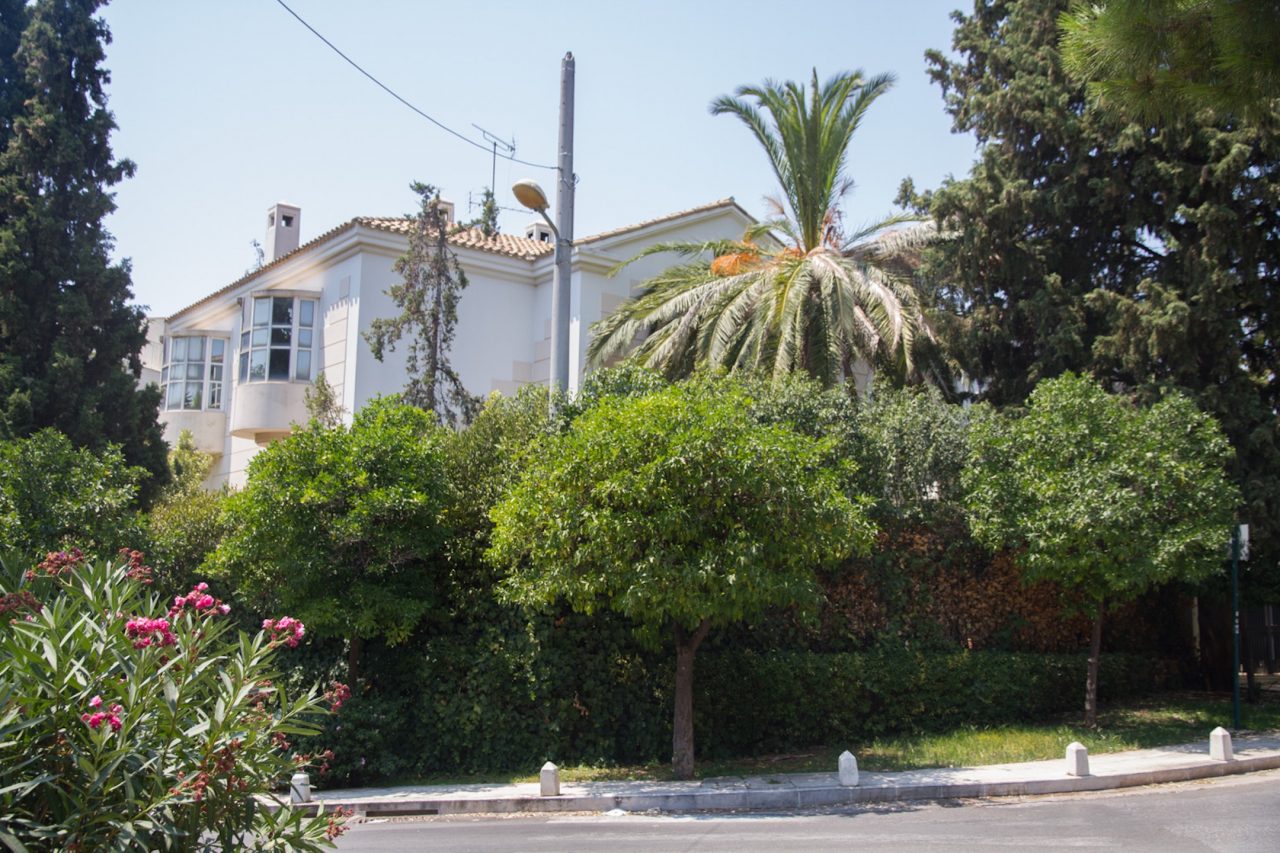

The Innovative Art Movements Boulevard Montmartre in Paris by Camille Pissarro, 1897, via The State Hermitage Museum, Saint Petersburg About 86 of these masterpieces still exist today as protected historical monuments. Designed by famed French architect and designer, Hector Guimard, these breath-taking entrances reflect the aesthetic sensibilities integral to La Belle Époque. Daring and controversial as they were back in the day, these fanciful entrances boasted elaborate features such as decorative cast iron work and hollow cartouches. In operation since the turn of the 20th century, the Métro has been known for its unique entrances rich in Art Nouveau influences. Construction for this rapid transit system began in 1890, with established engineer Jean-Baptiste Berlier helming the overall design and planning. While some intellectuals criticized its lack of aesthetics, the Eiffel Tower eventually became synonymous with Parisian and French pride.Īnother key infrastructural breakthrough during La Belle Époque was the Parisian Métro, which is short for Métropolitain. Nicknamed the Iron Lady, the Eiffel Tower was the highlight of the 1889 World’s Fair and was the world’s tallest structure at one point. But perhaps the most remarkable of all was the Eiffel Tower, the beloved icon of the French capital.

Examples of such are the Pont Alexandre III, Grand Palais, Petit Palais, and the Gare d’Orsay. Many of the city’s landmarks were built for these two fairs and have continued to dazzle locals and tourists alike to this day. By June 1871, the Paris Commune had fallen, and the new government was looking to restore order and rebuild many buildings in the city.Īll Hail the Birth of the Architectural Marvels Eiffel Tower and exhibition buildings on the Champ de Mars as seen from Trocadero, Paris Exposition, 1889 via Library of Congress, Washingtonįollowing the relentless building and rebuilding in the city, Paris during La Belle Époque played host to two iconic international expositions, the World’s Fair of 18 respectively. As a result, several iconic infrastructures were set on fire and destroyed, including the Tuileries Palace and the Hôtel de Ville, Paris’ iconic city hall. Over the next two months, violence and chaos ensued in the French capital as the French Army fought to reclaim the city. France’s defeat in the war had caused Napoleon III’s Second Empire to collapse, allowing the radicals of the Paris Commune to seize power. In 1871, the City of Light was recovering from the disastrous Paris Commune, a short-lived revolutionary government that took power after the Franco-Prussian War. Recreations of the Fall of the Paris Commune, titled “Crimes de la Commune” by Ernest Eugène Appert, 1870–1871, via The Metropolitan Museum of Art, New York

But as dreamy as La Belle Époque appeared, its origins were, in reality, far from it. From the recently completed architectural marvel that was the Eiffel Tower, to the awe-inspiring works of a new generation of Impressionist artists, La Belle Époque was truly a time to be alive for many Parisians. La Belle Époque Illuminated in the City of Light Le Château d’eau and plaza, with Palace of Electricity, Exposition Universelle, 1900, via Library of Congress, WashingtonĪt the heart of the entire La Belle Époque spectacle was Paris, a city giddy with the unparalleled prosperity and cultural innovations that had swept through its swiftly shifting streets.


 0 kommentar(er)
0 kommentar(er)
